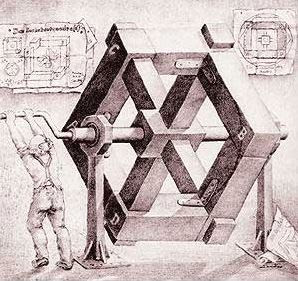
José Ángel García Landa
 Este artículo presenta una interpretación y una crítica de los conceptos narratológicos de nivel narrativo y persona narrativa, tal como son definidos por Genette, Bal y otros teorizadores. Estos conceptos quedan asentados con fundamentos más sólidos al relacionarlos con una teoría semiótica más amplia, en especial con la teoría de la enunciación. La estructura de la narración se basa en la construcción enunciativa de sujetos textuales y en la capacidad del relato de incorporar múltiples enunciaciones que pueden usarse para motivar su estructura discursiva. Algunas de las principales posiciones narrativas (la narración en primera persona, el narrador testigo, la narración autorial fiable o no fiable) se examinan desde esta perspectiva. También se redefine el concepto de metalepsis o ruptura de marco.
Este artículo presenta una interpretación y una crítica de los conceptos narratológicos de nivel narrativo y persona narrativa, tal como son definidos por Genette, Bal y otros teorizadores. Estos conceptos quedan asentados con fundamentos más sólidos al relacionarlos con una teoría semiótica más amplia, en especial con la teoría de la enunciación. La estructura de la narración se basa en la construcción enunciativa de sujetos textuales y en la capacidad del relato de incorporar múltiples enunciaciones que pueden usarse para motivar su estructura discursiva. Algunas de las principales posiciones narrativas (la narración en primera persona, el narrador testigo, la narración autorial fiable o no fiable) se examinan desde esta perspectiva. También se redefine el concepto de metalepsis o ruptura de marco.__________________
This paper is an interpretation and a critique of the narratological concepts of narrative level and narrative person as defined by Genette, Bal and other theorists. These concepts are placed on a firmer ground by relating them to a wider semiotic theory, especially to the theory of enunciation. The structure of narrative relies on the enunciative construction of textual subjects and on the story’s ability to convey multiple enunciations which can be used to motivate its discursive structure. Some of the main narrative positions (first-person narration, witness narration, reliable and unreliable authorial narration) are examined from this perspective. The concept of metalepsis or frame-break is also redefined.
_________________
Este artículo apareció en 1996 en el volumen 17 de Miscelánea: A Journal of English and American Studies. La revista tiene ahora una nueva edición en red que va completando volúmenes antiguos. También he subido una copia al repositorio digital de la Universidad de Zaragoza.
_________________
2011: Más ejemplares en otros repositorios: en Academia y en el SSRN.
0 comentarios